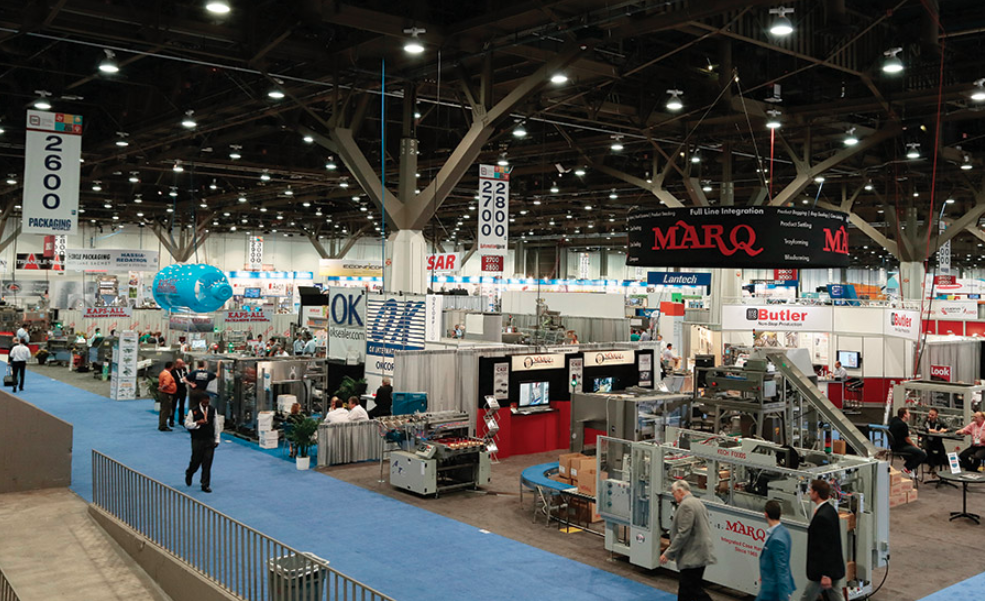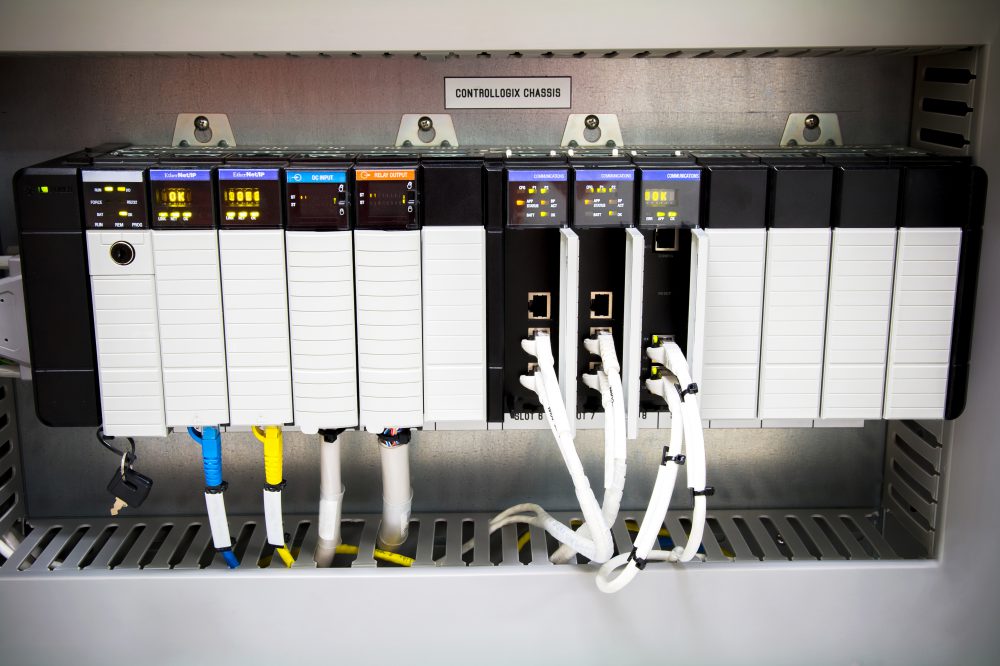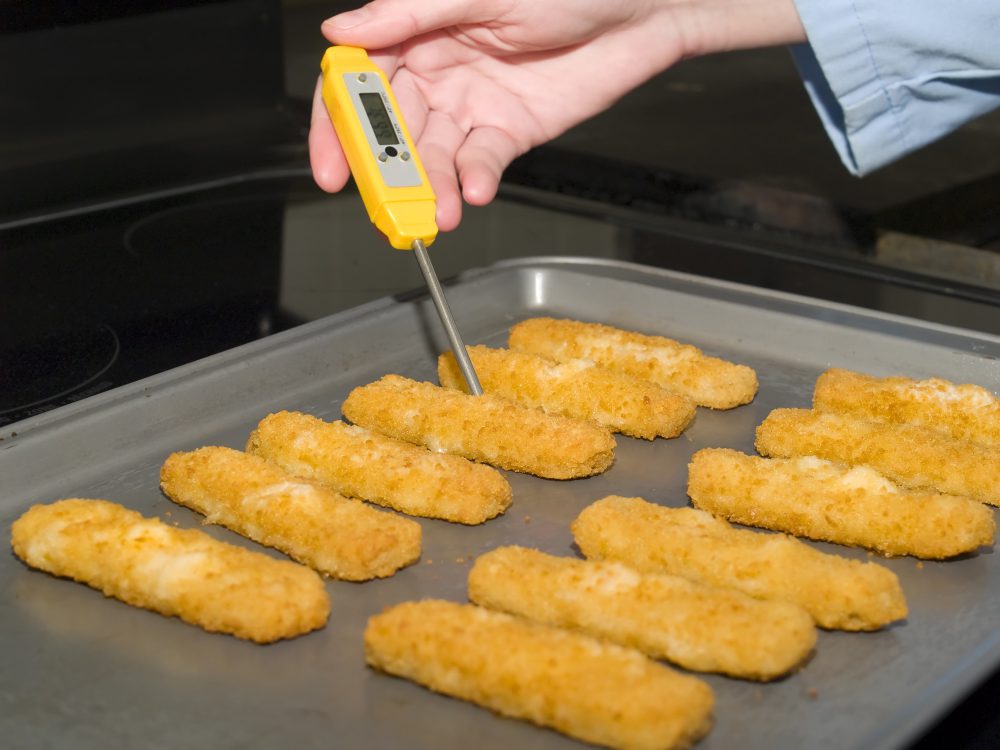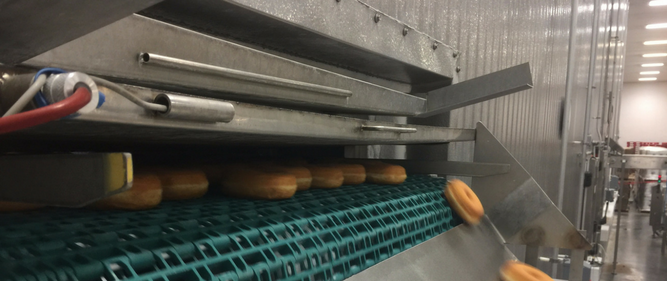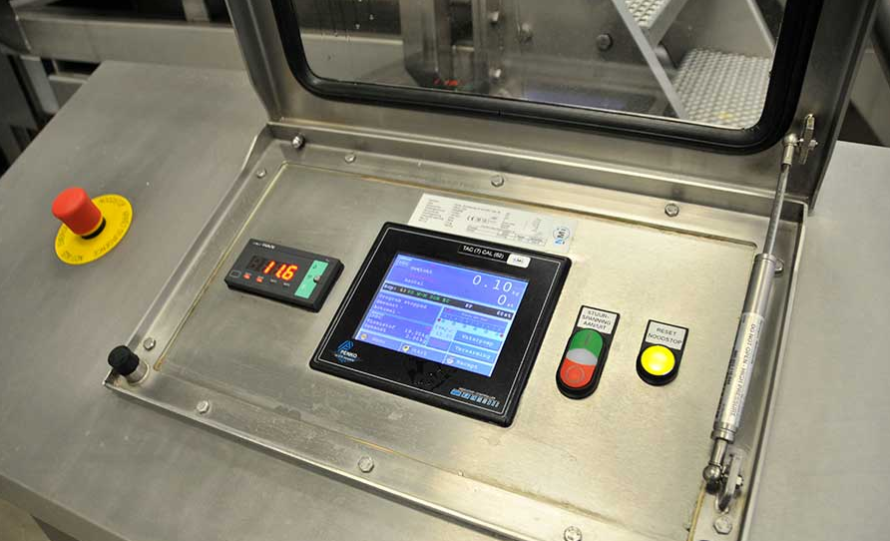New Year, New Tech: Food Industry Trends to Watch in 2018
Believe it or not, 2018 is just around the corner. A lot happened in the food industry in 2017, including groundbreaking mergers like the Amazon-Whole Foods deal, the first major compliance deadlines for Food Safety Modernization Act (FSMA) rules and the dawn of a new presidential administration.
We know the food industry doesn’t slow down, so what should you keep an eye on as we venture into the new year? Here are some of my top trends to watch in 2018.
Continue Reading “New Year, New Tech: Food Industry Trends to Watch in 2018”




![[VIDEO] See How Virtual Reality Can Take You Inside Your Food Plant Design](https://stellarfoodforthought.net/wp-content/uploads/2017/12/Screen-Shot-2017-12-05-at-12.30.19-PM.png)


